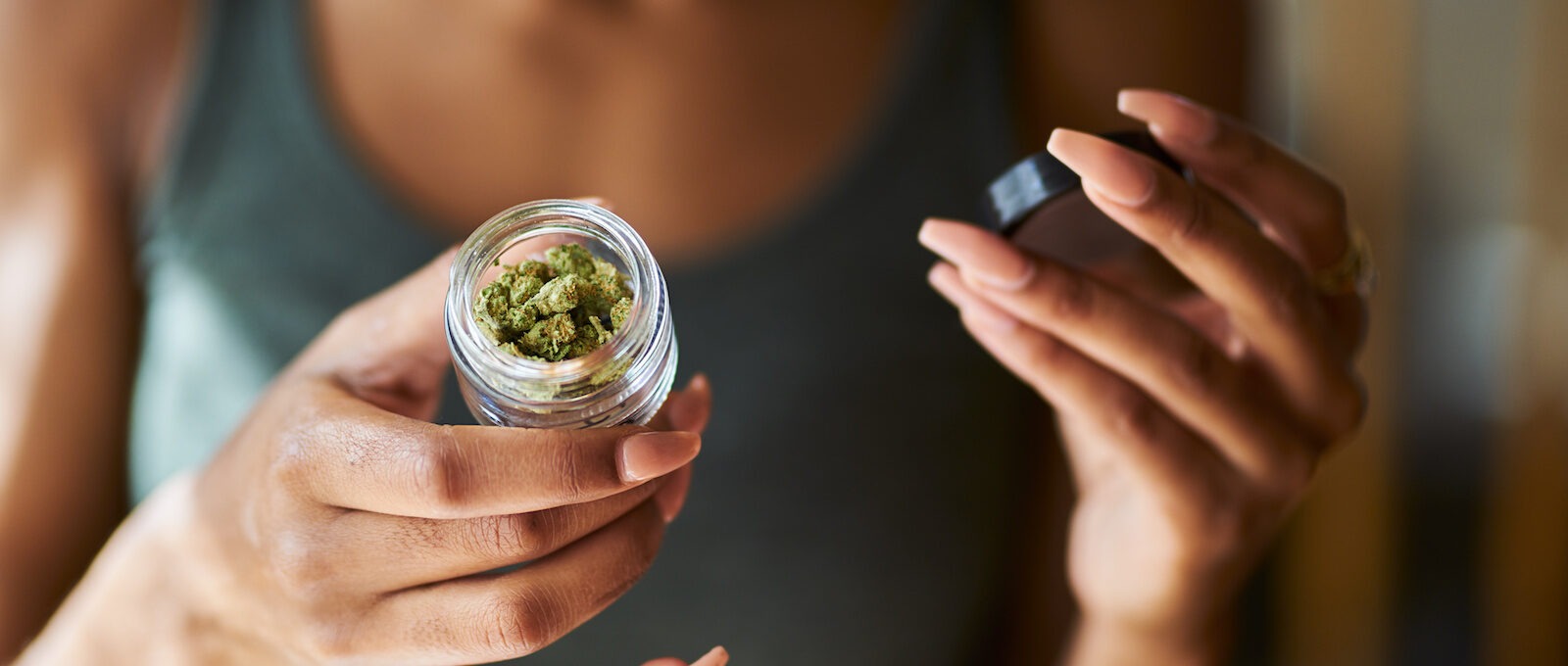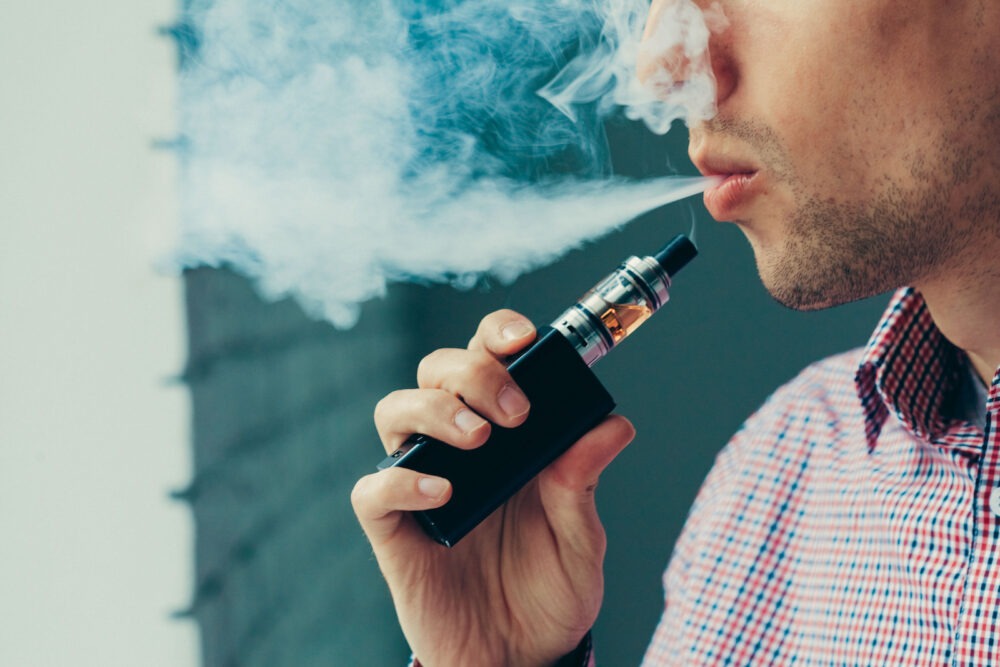Table of Contents
Drug abuse is something that the U.S. has battled for years, and the battle shows no signs of stopping. With illegal and dangerous drugs devastating countless lives every day and legal substances forever changing countless more, there has never been a more important time to be aware of drug abuse’s signs and side effects in all its forms.
Most people think of the big names when thinking about drugs, like crack or pills, but other dangerous substances are much easier to obtain. In every city in the nation, an adult of the legal age can buy alcohol or nicotine, two substances that claim millions of lives. Alcohol is even widely celebrated, with 21st birthdays being a rite of passage for many youths. But now, there is a new legal menace at work, and just because it’s being sold in more and more places, it doesn’t mean it’s any safer to use, whether it’s cannabis or marijuana.
With legal cannabis use on the rise, there’s no surprise that more and more people suffer from stoned eyes. About half of Americans say they have tried marijuana at least once, and 12% of adults report being regular consumers in 2021. However, adults aren’t the only ones that use marijuana. The number of teens that have tried cannabis and used it regularly is surprisingly high, with about 37% of all high schoolers saying they’ve tried it in 2019.
Marijuana is the most popular drug in the United States, next to alcohol. One of the biggest signs that someone has been in contact with Mary Jane is the common glossy, red eyes. Stoned eyes impact everyone who smokes cannabis, whether they’re addicted or not. But what is it that causes this phenomenon to happen, and what are the side effects? Let’s take a closer look at stoned eyes.
What Causes Stoned Eyes & How Long Does It Last?
Stoned eyes are one of the most obvious signs that someone has recently consumed cannabis. It can happen no matter the consumption method, whether smoking flour, vaporizing cannabis oil, or eating edibles. But what happens to the body that leads to stoned eyes?
When someone smokes marijuana, the THC is in the bloodstream immediately after entering the lungs. It takes about 30 minutes to an hour for someone to begin feeling the effects when consumed via drinking or eating. Once the THC has entered the bloodstream, the heart rate and blood pressure rise slightly. Not too long after the rise, the blood pressure begins to decline, leading to the dilation of the ocular capillaries. When these vessels open up, it allows increased blood flow to the eyes, resulting in red eyes.
The good news is that stoned eyes will not result in any long-term effects. Your eyes won’t even stay red for very long. The time frame varies from person to person and heavily depends on how quickly their bodies can metabolize the THC in their bloodstream. The metabolization process is impacted by health, age, and sensitivity to THC, so you could have redness for half an hour or several hours.
Those who consume cannabis have found several tricks to help reduce the redness and shorten the length of time that stoned eyes last. One of the most popular tricks is using over-the-counter eye drops. There are formulas intended to treat redness and can greatly reduce stoned eyes’ appearance. Cold compresses and caffeine are also used regularly in homes to narrow the blood vessels in the eyes. And, if all else fails, putting on a pair of sunglasses is an effective way to hide the redness.
What Are The Side Effects of Stoned Eyes?
The side effects of having stoned eyes are present in both the short-term and the long-term. Depending on how long the person with stoned eyes has been smoking, there are different side effects and risks. There is also a significant difference in the effects of both behaviors and the emotional state.
While one of the most obvious signs of marijuana use is stoned eyes, there is also a large reduction in muscle coordination and slowed-down reaction times. These factors work together to make someone with stoned eyes a risk in any situation where quick and effective judgment is needed, like driving a car. There is also a big impact on emotional stability, and someone with stoned eyes will likely exhibit emotional instability or mood swings.
These mood swings can be very serious and relatively severe. One user may find themselves experiencing feelings of euphoria, often for hours at a time, and then become suddenly ravenous and go on what’s called a “munchies run.” Marijuana is also known for being a mild hallucinogen, so the user may be unsure of what’s real and what’s not. Having them in any situation where safety is crucial can be a recipe for tragedy.
Other side effects of having stoned eyes too often will be a change in performance in places like home, school, and work. Someone choosing marijuana over their domestic duties or chores will quickly become unkempt and lose interest in their appearance. When there is a drop in performance at school, the user may be held back or even fail the course and have wasted the tuition money.
When the user lets their professional performance go, not only may they now be facing attendance disciplinary measures, but there may also be other official documentation regarding their performance. Too many of these, or when one happens that is too severe, there is often no going back, and the user is terminated from employment. In many cases, termination due to substance use is not eligible for unemployment, making the user feel desperate.
Additional side effects of marijuana use include:
- Changes in levels of panic or anxiety
- Reduction in muscle and limb coordination, sometimes seen as stumbling or leaning
- Slowed reactions and impaired physical abilities
- The liveliness that changes to lethargy and sleepiness
- Elevated heart rate
- Dilated blood vessels
- Entering a state of hypotension
- Experiencing changes in perception of lights, sounds, tastes, and feelings
- Red, dry eyes
Are Stoned Eyes A Sign of an Underlying Addiction?
If you’ve been experiencing stoned eyes lately, that does not automatically mean you have an addiction. Cannabis is legal for medicinal and recreational purposes in many places throughout the United States, with one of the biggest perks being the extremely low rates of addiction. With such a low risk, most people that experience stoned eyes are not addicted to cannabis, although they may have developed a marijuana use disorder while using it.
Those that begin using marijuana as a teen are much more likely to experience a marijuana use disorder. Adolescents that consume cannabis also drop out of high school more often than those who do not partake. Part of why those who start smoking earlier have a greater chance of misuse is because marijuana impacts brain development, impairing memory, thinking, and learning functions.
While the addiction rates are low, the risk is there. Those that regularly consume larger amounts of marijuana have reported several different negative side effects:
- Anxiety
- Cravings
- Decreased appetite
- Grouchiness
- Less academic and career success
- Lower life satisfaction
- Poorer mental health
- Poorer physical health
- Tiredness
Many people that have been long-time smokers will develop a condition known as cannabinoid hyperemesis syndrome, which can cause individuals to experience some pretty uncomfortable side effects when they consume cannabis. These side effects include severe nausea and vomiting, leading to dehydration. In extreme cases, medical attention is needed to get fluids into the affected person’s body.
How to Get Treatment Help if Addicted to Substances that Cause Stoned Eyes
If you or someone you know may have stoned eyes too often, or if you know that they use marijuana products frequently, reach out today to begin creating a personalized treatment plan. One of the most difficult parts of recovery is the initial challenge of completing detox and the withdrawal stage, normally done alone without support.
By working with a local addiction professional to complete your recovery plan, you’ll be able to complete your detox and withdrawal stage in a safe, clean, and comfortable facility where medical help will be close by. Since addiction and detox can be different for everyone, having a safe location with medical supervision can often be the best way for someone to lay a solid foundation for recovery.
The rest of the foundation has the best chances possible when it is strong. The individual will know their triggers and why they are driven to use, and they’ll have more effective coping mechanisms, so they won’t feel like they have to use even when triggered. Over time, they’ll be able to build a strong recovery that will last them a lifetime.
Sources:
Infinite Recovery has strict sourcing guidelines and relies on peer-reviewed studies, academic research institutions, and medical associations for our references. We avoid using tertiary references as our sources. You can learn more about how we source our references by reading our editorial guidelines and medical review policy.
- Bureau of Alcohol, Tobacco, Firearms and Explosives. Fact Sheet – Facts and Figures for Fiscal Year 2020 | Bureau of Alcohol, Tobacco, Firearms and Explosives. Published April 2021. Accessed July 2, 2022. https://www.atf.gov/resource-center/fact-sheet/fact-sheet-facts-and-figures-fiscal-year-2020#:~:text=Fast%20Facts,compliance%20inspections%20in%20FY%202020.
- Jones JM. Nearly Half of U.S. Adults Have Tried Marijuana. Gallup.com. Published August 17, 2021. Accessed July 2, 2022. https://news.gallup.com/poll/353645/nearly-half-adults-tried-marijuana.aspx
- Centers for Disease Control and Prevention. Teens | Health Effects | Marijuana | CDC. Published September 8, 2021. Accessed July 2, 2022. https://www.cdc.gov/marijuana/health-effects/teens.html
- Chu F, Cascella M. Cannabinoid Hyperemesis Syndrome. In: StatPearls. StatPearls Publishing; 2022. Accessed July 3, 2022. http://www.ncbi.nlm.nih.gov/books/NBK549915/
















